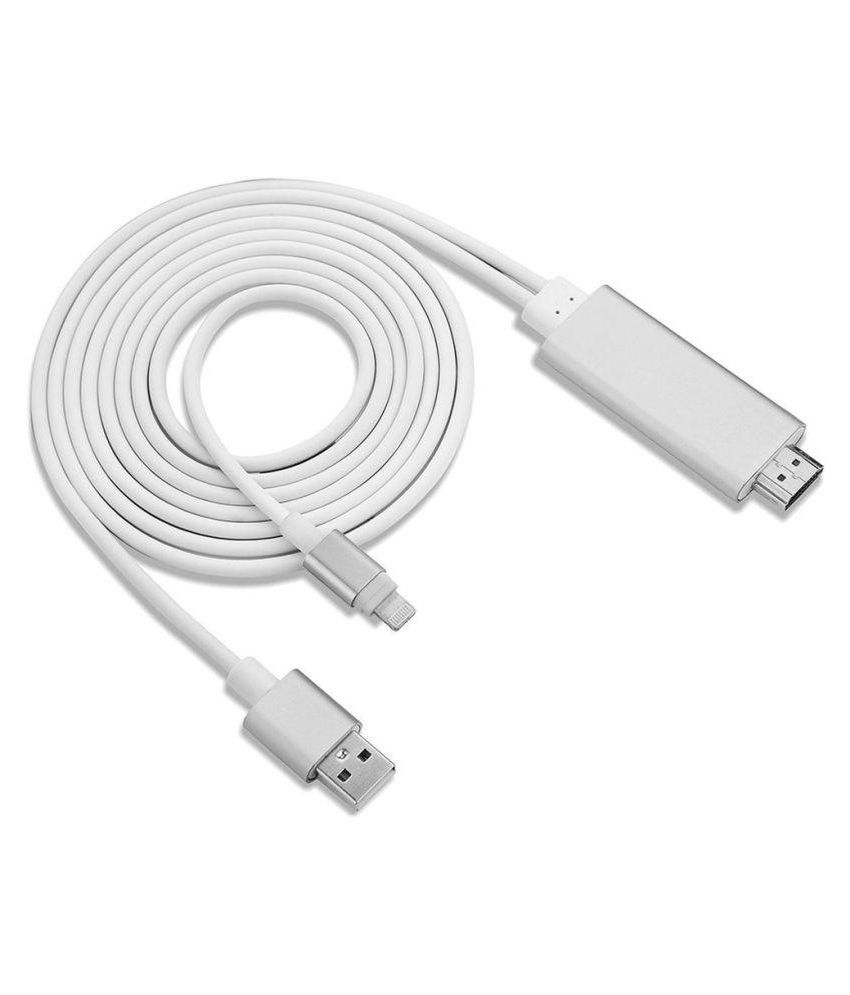



SD card: For digital photographers, SD cards are still a common way to transfer images to a computer.Ethernet: We verified the connection speed in Network Utility on a Mac, which displays the link speed.Audio: We tested each dock’s audio inputs and outputs by plugging microphone-equipped headphones into each of the audio jacks, making sure the input or output source was properly set in macOS and monitoring the resulting audio levels.We’ve found the Power tab in macOS’s System Report to accurately report the wattage of the power source, and we compared the figures stated there against what each company advertised. Power output: Thunderbolt docks can charge your computer, too, so you don’t have to worry about plugging in a second cable.(Apple’s late-2020, M1-based MacBooks support only one external display, even if you’re using a dock.) We set each monitor to its maximum resolution and verified that both were performing at the proper refresh rate. Using an array of DisplayPort cables, HDMI cables, and USB-C adapters, depending on each dock’s port selection, we connected our 16-inch MacBook Pro and a pair of 4K monitors to each dock.
#Hdmi to lightning full
Video: Almost all Thunderbolt docks promise dual 4K monitor support at a full 60 Hz, assuming your computer and monitors support it we ruled out any that couldn’t handle two monitors at once. 1-16 of over 1,000 results for 'hdmi to lightning' RESULTS Apple MFi Certified Lightning to HDMI Adapter for Phone to TV,Compatible with iPhone,iPad, Sync Screen Connector Directly Connect on HDTV/Monitor/Projector NO Need Power Supply6.The docks we tested offered a range of port speeds, from USB 2.0 at 480 Mbps to USB. Simply attach the Lightning Digital AV Adapter to the Lightning connector on your device and then to your TV or projector via an HDMI cable (sold separately). To measure the read and write speeds of each, we ran AJA System Test speed tests using Samsung’s Portable SSD T5 for the USB ports and the now-discontinued LaCie Bolt 3 for the Thunderbolt ports. USB-C ports are less common, as are extra Thunderbolt ports. USB-A, USB-C, Thunderbolt 3 or 4: The “standard” USB-A port is still the most common input for peripherals-including external drives, wired keyboards, and more-and most Thunderbolt docks have several of them.


 0 kommentar(er)
0 kommentar(er)
